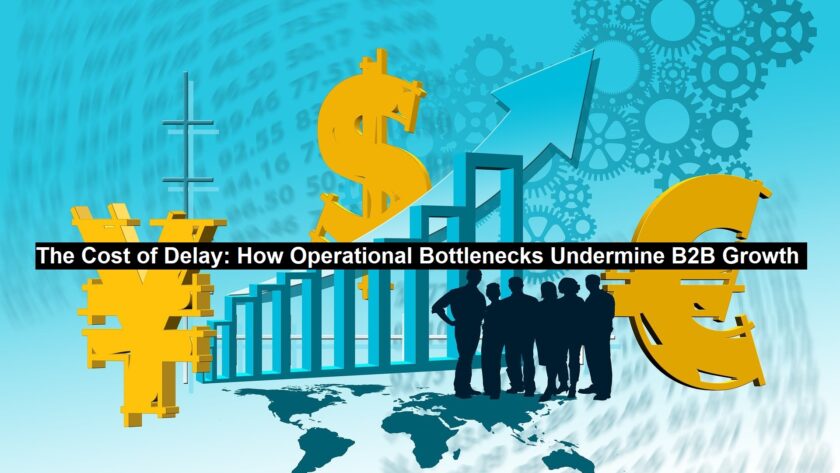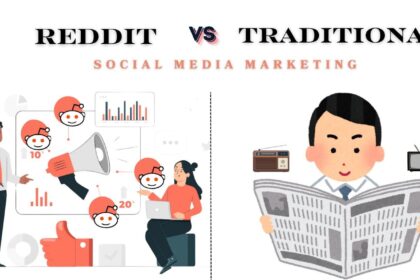Operational delays in B2B sales aren’t always immediately visible, but they come with a heavy cost. Behind every missed delivery date or pricing inconsistency lies a tangle of inefficiencies—manual processes, siloed systems, and outdated infrastructure. These hidden bottlenecks slow progress, damage relationships, and inhibit a company’s ability to compete in an increasingly customer-centric marketplace.
One key pain point is the disjointed order processing cycle. When teams rely on spreadsheets, emails, or disconnected systems to process transactions, mistakes are inevitable. Orders might be delayed due to missing information, pricing discrepancies, or stock errors. These issues not only frustrate customers but also waste internal resources that could be allocated to higher-value tasks.
Pricing and payment terms often add another layer of complexity. Many B2B transactions hinge on specific agreements tailored to individual customers. Without automated systems in place to handle these variables, sales teams struggle to apply the correct discounts, taxes, or credit terms. The result? Slower deal cycles and a perception of unreliability.
Inventory management further compounds the issue. Businesses without real-time stock tracking risk promising products they don’t have or failing to capitalize on demand peaks. Overstocking leads to wasted capital, while understocking results in missed revenue. In both cases, the business pays the price for a lack of visibility and agility.
A powerful way to tackle these problems is by modernizing the ecommerce ecosystem. With Microsoft Dynamics GP ecommerce integration, companies can synchronize inventory, pricing, customer records, and order workflows within a unified platform. This enables fast, accurate order processing and reduces the likelihood of costly errors.
The benefits extend far beyond efficiency. Automating the flow of data ensures that customers receive the correct pricing, see accurate inventory levels, and benefit from a consistent experience across every interaction. This builds trust—one of the most valuable currencies in the B2B space.
Read: How to Simplify Resume Creation with Apps for Android
Furthermore, an integrated ecommerce platform allows for advanced personalization. Customers can log in to view curated catalogs, access custom pricing, and place repeat orders with ease. These experiences not only reduce friction but also increase customer stickiness, driving long-term revenue and customer lifetime value.
As the B2B landscape evolves, buyers expect the same level of convenience and responsiveness they experience in B2C. Businesses that fail to meet those expectations risk losing ground to more agile competitors. By identifying and eliminating operational bottlenecks, and adopting integrated, scalable ecommerce solutions, businesses can unlock growth, improve customer satisfaction, and stay ahead in a fast-changing market.
Undermine-B2B-Growth



